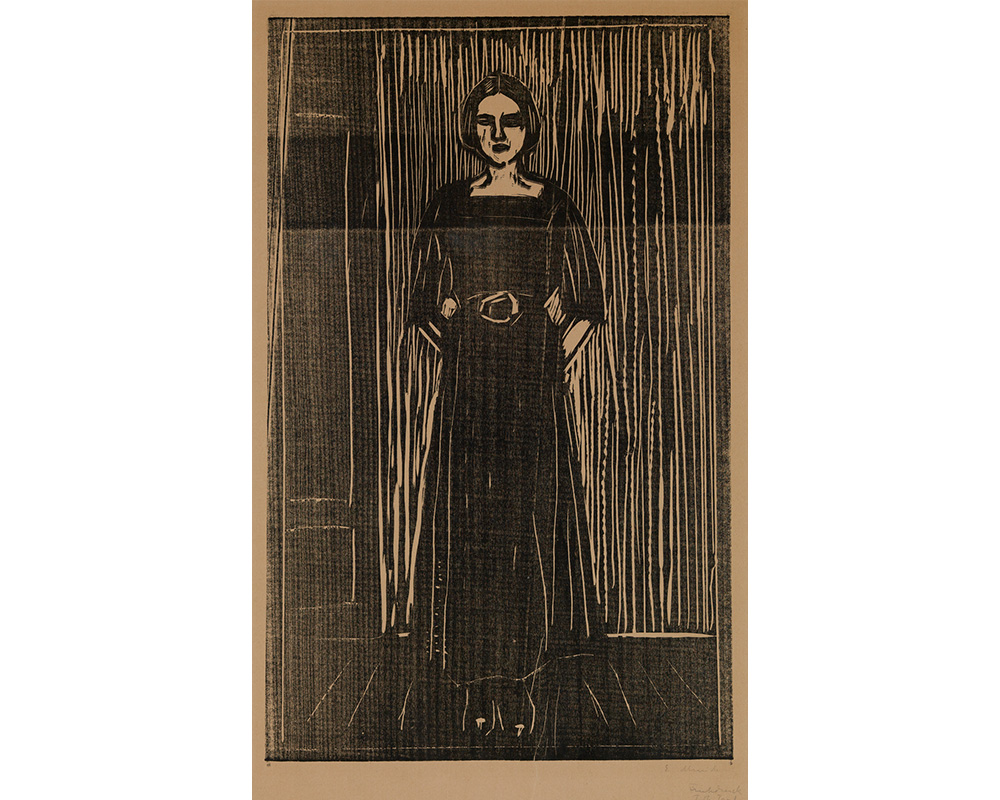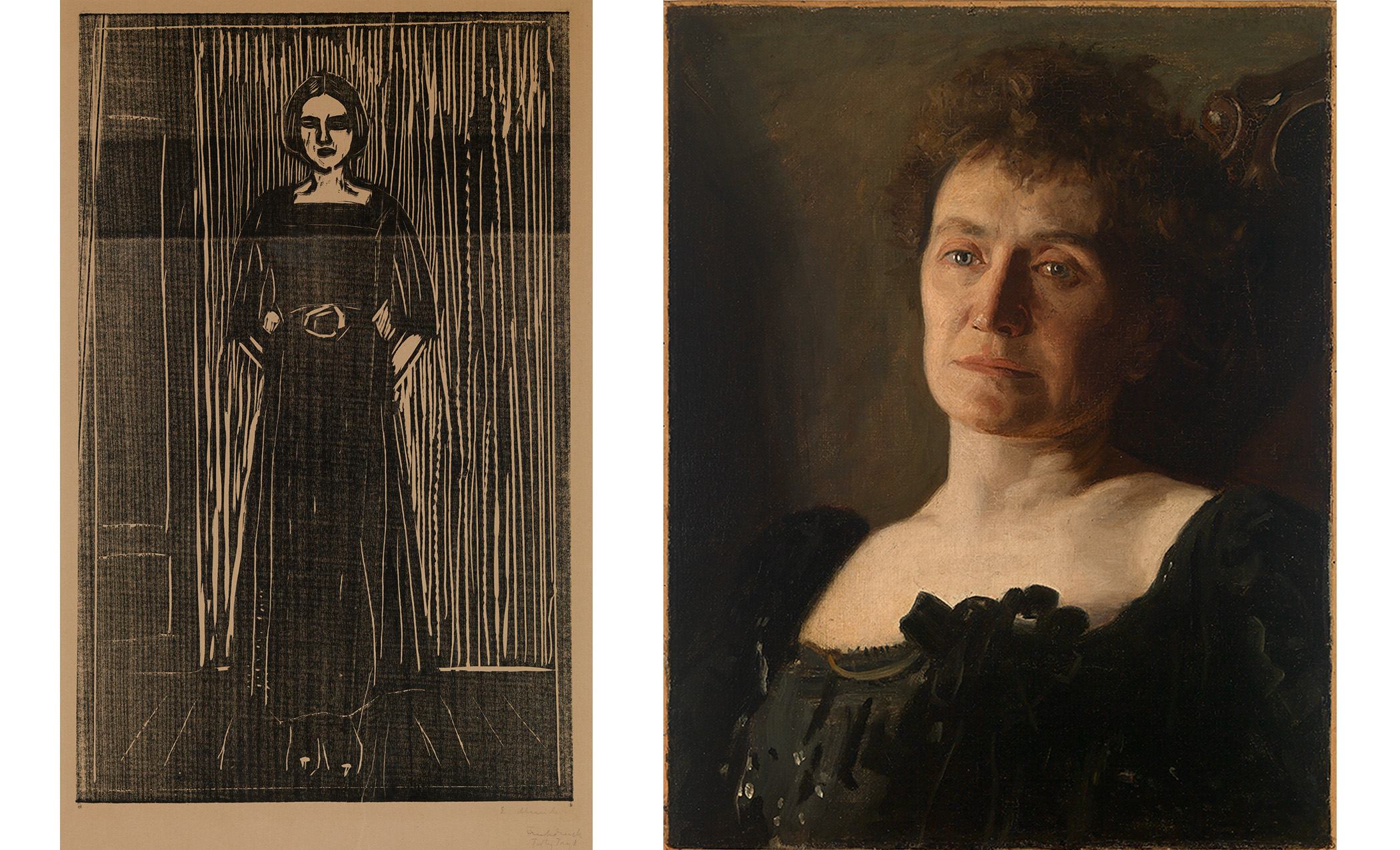
Juxtapositions
Julie Warchol is the 2012-2013 Brown Post-Baccalaureate Curatorial Fellow in the Cunningham Center.
Currently on view at SCMA, Juxtapositions is the collaborative work of On Display: Museums, Collections, and Exhibitions, a first-year seminar taught by Barbara Kellum, Department of Art. The course explored many different kinds of museums and collections, their missions, and the logic of their displays. By bringing together objects from SCMA storage, the Archives, and the Cunningham Center for Prints, Drawings, and Photographs with works in the galleries, Juxtapositions asks intriguing questions about what is usually on view in art museums—and what is not.
In Juxtapositions, Smith students find unusual and exciting connections between works of different media and periods. For example, a mid-20th century 3-speed bicycle is paired with Loren MacIver’s 1959 abstract painting Subway Lights, and an Occupy Wall Street poster is shown alongside a 19th-century French bronze sculpture, to name a few. Kellum’s students selected their juxtapositions and wrote an accompanying text for each pairing that highlights the works’ surprising similarities and differences.
Isabella Galdone ’16 juxtaposed this Edvard Munch woodcut and Thomas Eakins painting, currently on view together in the third floor Chace Gallery:

Left: Edvard Munch. Norwegian, 1863–1944. Woman in Black (Dame in schwarz), 1913. Woodcut printed in black on tan wove paper. Gift of Selma Erving, class of 1927. Photography by Julie Warchol. SC 1972.50.75.
Right: Thomas Eakins. American, 1844–1916. Portrait of Mrs. Edith Mahon, 1904. Oil on canvas. Purchased with the Drayton Hillyer Fund. Photography by Petegorsky/Gipe. SC 1931.2.
Galdone’s juxtaposition wall label:
What does melancholy look like? For both Thomas Eakins and Edvard Munch, it took the form of a woman in black. When Eakins painted Edith Mahon, a family friend, she had recently experienced a painful divorce, and it is the emotional devastation that it brought her that Eakins chooses to portray. Less is known about Eva Kittelson, Munch’s model, but it may be that her eerie, chilling image was a mirror of Munch’s past experience with mental illness. The juxtaposition of these two works is fascinating because, although they are executed in very different styles and media, they evoke the same feeling in the viewer.
The image of Edith Mahon, pallid and exhausted in her black dress, with sagging eyelids and carefully tightened lips, coupled with the solitary, angular frame and mask-like countenance of Munch’s anonymous Woman creates a powerful two-part portrait of human suffering. The important elements that these two pieces share are accentuated by their juxtaposition. The black dresses that both women wear suggest that their identity and image is enveloped in and merged with the melancholy they express. The convergence of these two figures only highlights their solitude and the existential angst that it signifies. It is the raw aloneness of these women that draws the viewer in so powerfully to their individual worlds to empathize with them. Mrs. Edith Mahonand Woman in Black are works of art that give universal form to individual anguish. Seeing them side-by-side reveals that they are significant for the same reason: they take negative human experience and turn it into something of beauty and artistic value.